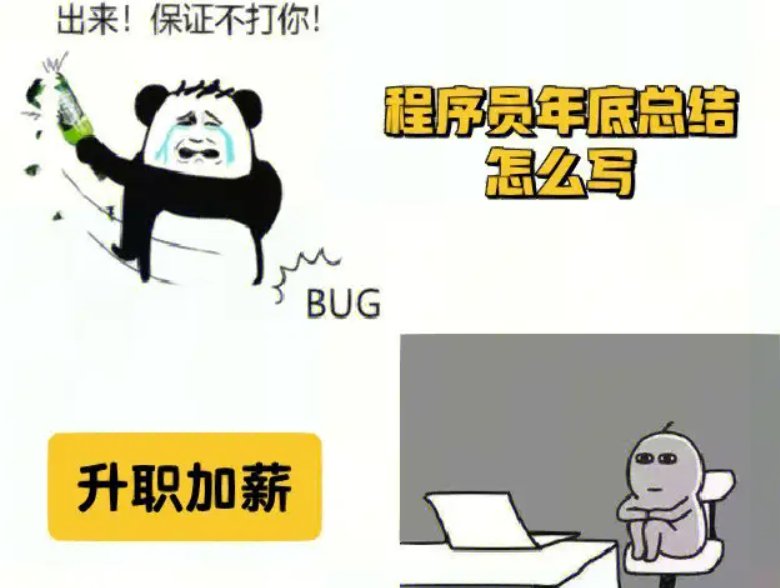MAC address: MAC stands for Media Access Control. A MAC address is a unique identifier assigned to network interface controllers (NICs) for use as a network address in communications within a network segment. It is 48 bits long and represented as a series of six hexadecimal values separated by colons. The MAC address operates at the data link layer of the OSI model and is used to uniquely identify devices on a local area network (LAN).
IPv4 address: IPv4 stands for Internet Protocol version 4. An IPv4 address is a numerical label assigned to each device connected to an internet protocol-based computer network that uses the Internet Protocol Version 4 (IPv4). It consists of four numbers between 0 and 255 separated by dots, making it a total of 32 bits long. The IPv4 address operates at the Network layer of the OSI model and identifies devices on a wide-area network (WAN).
Port numbers: Port numbers are used in conjunction with IP addresses to uniquely identify specific applications running on different end systems within a network. They are 16-bit unsigned integers, ranging from 0 to 65,535, that can be used to identify different services or processes running on an individual device. Ports operate at the Transport layer of the OSI model and are used by transport protocols such as TCP and UDP.
In existing computer networks, all three addressing methods work together in harmony to ensure communication between devices occurs efficiently. When data travels across networks, it includes source and destination addresses consisting of both IP addresses and port numbers that enable packets to reach their intended destinations without interference from other devices along their path. The MAC address is used within LANs while IP addresses are used within WANs, but they both play crucial roles in ensuring efficient delivery of information between devices on multiple networks. Port numbers serve as extra identifiers beyond just IP addresses so that servers know which application(s) should receive incoming traffic requests on their respective devices.




















